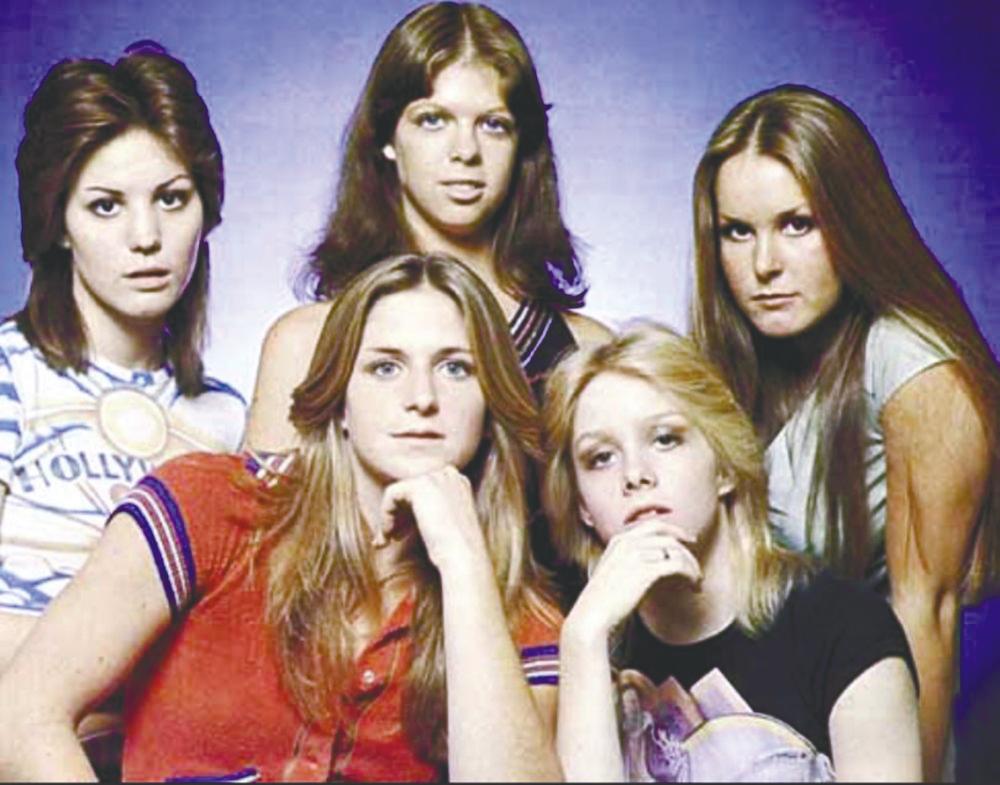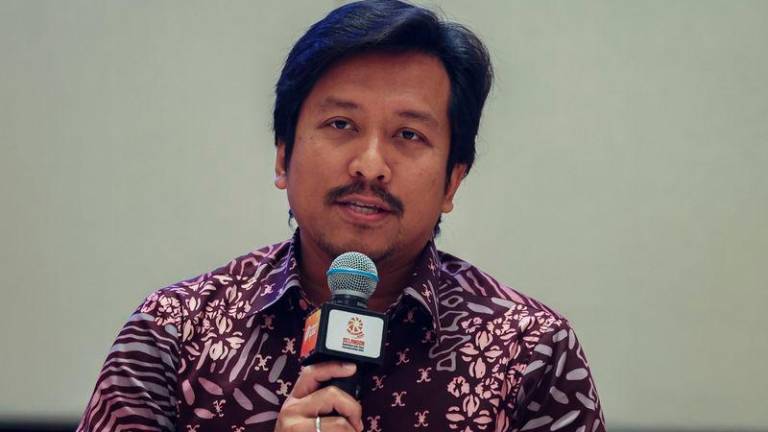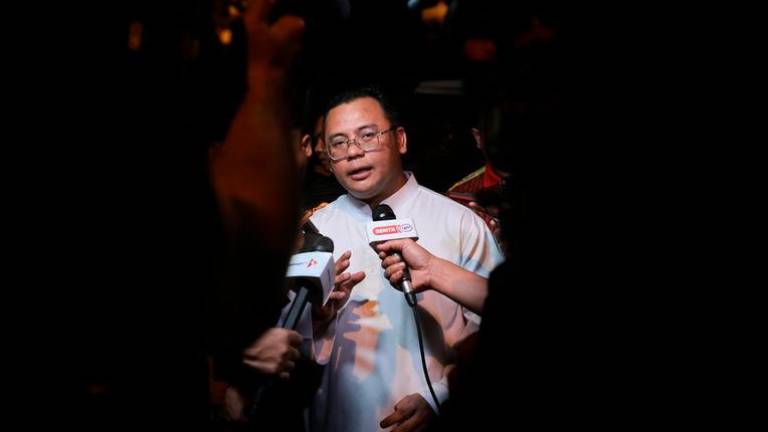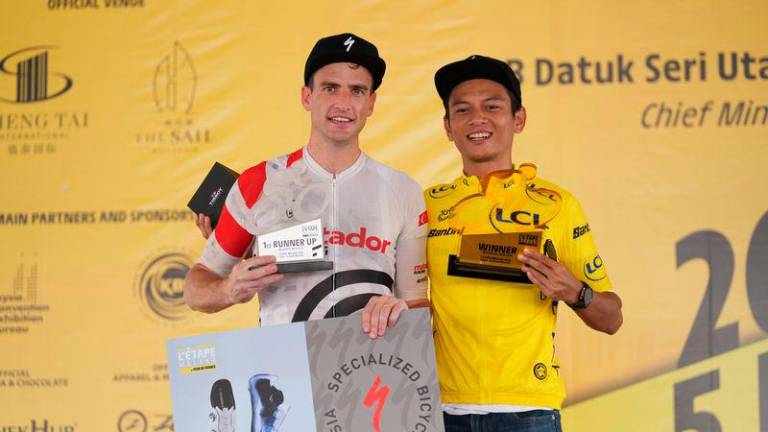IF a regular person was asked to think of a rock band, or a band under the genre’s extensive umbrella of subgenres, they would think of a rock band fronted by a male singer, or an entire band consisting of male members.
There is nothing wrong with that, but it signifies the prevalent image or aesthetic of rock as male-dominated.
Men shredding their guitars, beating away at their drum kits, slapping the bass, and power-stancing on stage. The music is unabashed maschismo and bleeds hyper-masculinity.
But there are all-female bands, or female-fronted bands with men on instruments. These niche group of musicians in rock, heavy metal and punk have existed since the ‘60s, during the initial rise of rock music, but weren’t very common, because of the mindsets that were prevalent in those time.
Let’s go back to that era. It was a time when men were slightly more close-minded, and when women – or, rather, mums – often tried to create a moral panic about rock music eroding moral values.
Women at this point in time were traditionally seen as singers, and it was extremely uncommon for them to be seen, let alone be accepted, as musicians because of societal dogmas.
At the advent of rock and roll music in the ‘70s, particularly with the rise of punk music, women were emboldened by and found support among their rebellious peers of the opposite gender, and encouraged to make rock-and-roll music.
One of the first of these groups was The Runaways, an all-female American rock band that were active in the mid to late ‘70s. Their most popular song, Cherry Bomb made them a star overseas and continues to still be played to this day, long after the band disbanded.
Surviving members of the band, particularly Joan Jett, continue to be involved in the music industry, while The Runaways as a whole are still cited as influences by other women who the band as inspirations to become musicians themselves.
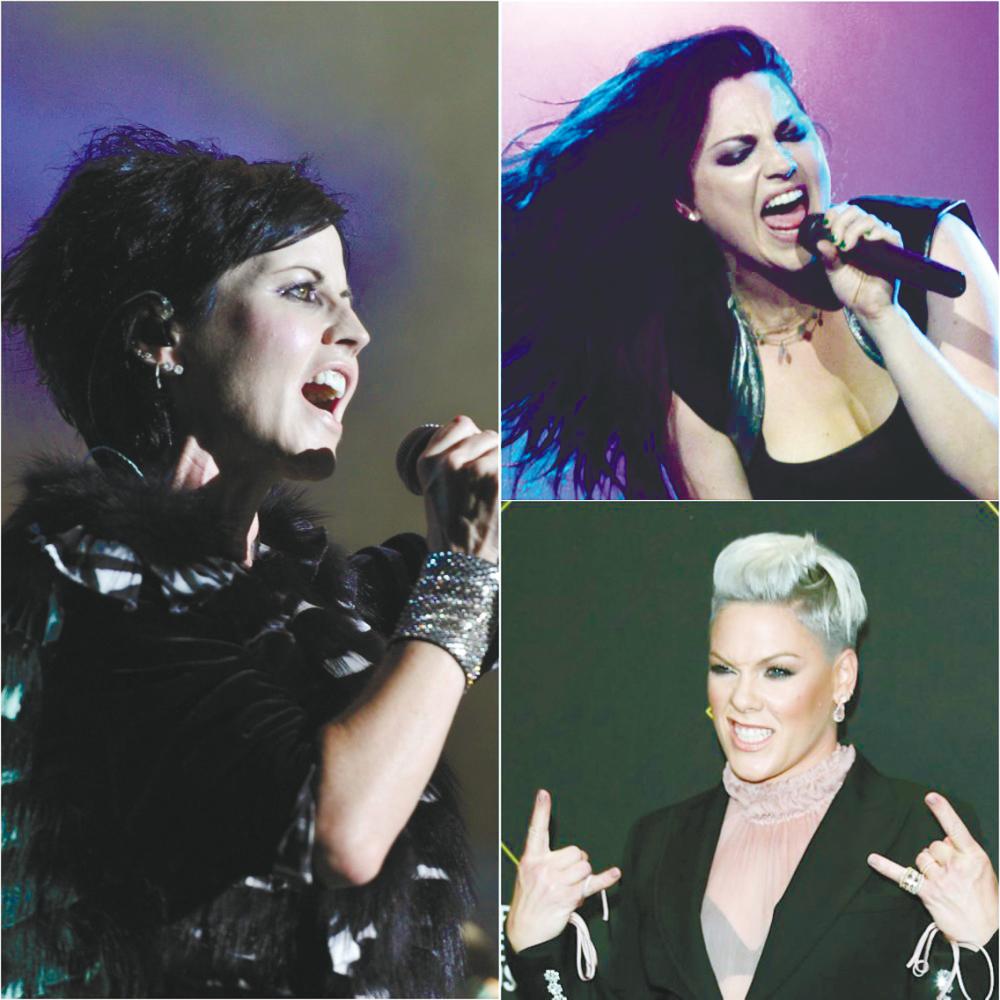
On the punk side of rock music, the subgenre saw the birth of many musicians and bands due to the anarchic, anti-establishment genetics of the scene, music and community, which rejected sexual discrimination and gender politics that were prevalent in the more mainstream rock and heavy metal industry.
“I think women are natural anarchists, because [we’re] always operating in a male framework,” said Kim Gordon. She was the bassist and a founding member of the ‘80s rock band Sonic Youth.
As the punk attitude of the community and music broke the gender shackles, particularly in the UK, the floodgates opened for the greater rock scene.
In the ‘90s, bands with women singers and musicians saw a tremendous increase. These include Amy Lee in Evanescence and Dolores O’Riordan in The Cranberries. Then, the early 2000s saw a great variety of women in rock and rock-adjacent bands, such as Amy Lee in Evanescence and Hayley Williams in Paramore, along with solo artistes such as Avril Lavigne and Pink. The 2000s also saw the rise of what would become indie rock, where musicians such as Florence Welch of Florence and the Machine experimenting with rock music.
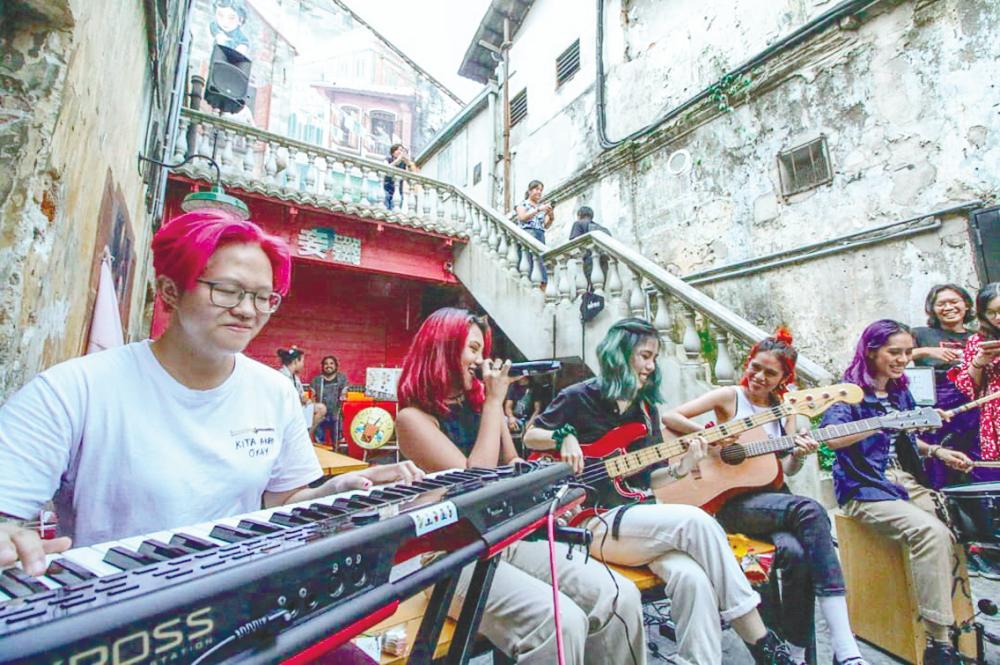
Here in Malaysia, there is TimeMachine, an all-female alternative rock band active in Kuala Lumpur. There is also Senja, a band with the “Take no ****” rock attitude that dabbles in a variety of genres and subgenres. In neighbouring Singapore, there is Tormentress, an all-female thrash metal band that once opened for Kreator and Vader, two European metal titans.
Essentially, the female-led punk rock scenes, particularly in the US and UK from the early days of rock and roll, continue to influence up-and-coming female musicians, and even girls who don’t yet know their rock potential around the rest of the world to this day.



